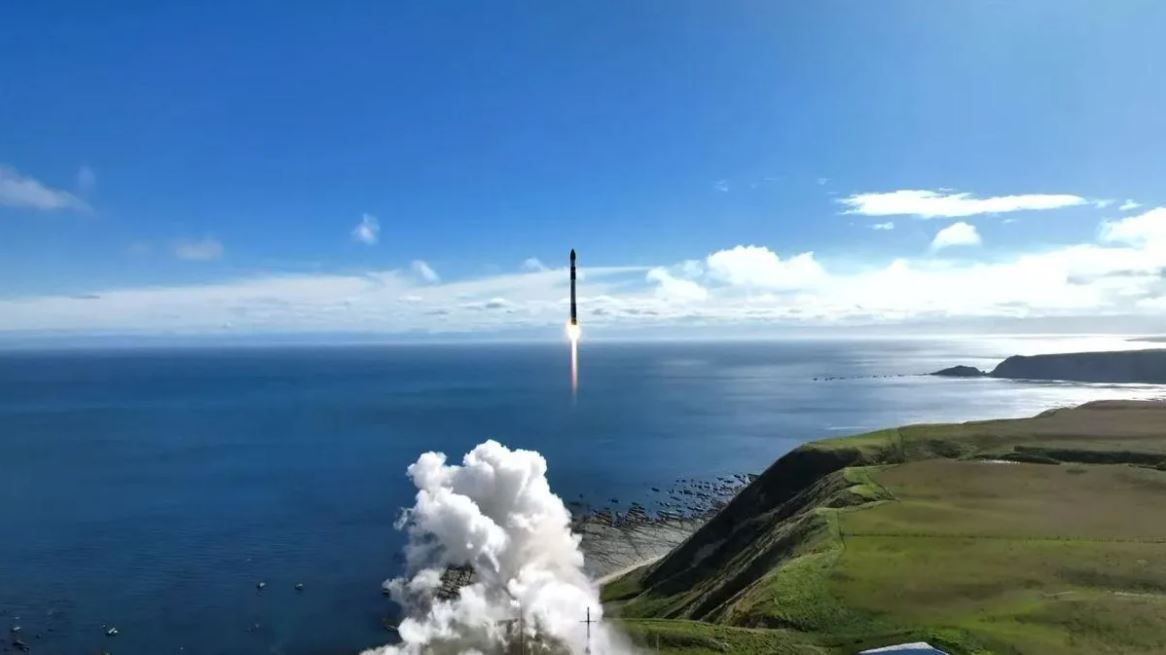NASA Launches Two Satellites To Study Tropical Storms
NASA launches two satellites to study tropical storms as Rocket Lab successfully launched two cubesats on Sunday as part of the Time-Resolved Observations of Precipitation Structure and Storm Intensity with a Constellation of Smallsats (TROPICS) mission. The cubesats, each the size of a toaster, will provide hourly updates on typhoon and hurricane development to improve forecasting and gain insights into how tropical storms evolve and intensify.
Author:Daniel JamesReviewer:Karan EmeryMay 08, 202312K Shares301K Views

NASA launches two satellites to study tropical stormsas Rocket Lab successfully launched two cubesats on Sunday as part of the Time-Resolved Observations of Precipitation Structure and Storm Intensity with a Constellation of Smallsats (TROPICS) mission. The cubesats, each the size of a toaster, will provide hourly updates on typhoon and hurricane development to improve forecasting and gain insights into how tropical storms evolve and intensify.
Ben Kim, a program executive with NASA's Earth Science Division, emphasized the importance of the mission, saying "the threat to our friends and neighbors is real and repeats every year." He explained that the TROPICS mission aims to obtain microwave observations that allow scientists to see the inner structure of these storms approximately hourly, which will complement existing weather satellites and enhance the broader understanding of the earth system.
The TROPICS mission is an example of how miniaturized electronics and cubesats can be used to take on big-ticket science at a much lower cost and shorter development time. The total cost of the mission is $30 million, and the remaining four cubesats were moved to Rocket Lab's Electron rocket after the first two were lost in a failed launch last year.
Kim explained that NASA's balanced mission portfolio allows them to maximize the science per taxpayer dollar by ranging from large observatories to very small satellites like TROPICS. This approach enables them to do more science than if they only focused on large missions.
While the TROPICS cubesats are not intended to replace larger, more powerful, and expensive weather satellites, they offer a low-cost way to augment those missions with complementary science. The successful launch of the first two cubesats is a step towards improving hurricane forecasting and enhancing our understanding of tropical storms.
After a delay caused by stormy weather, the first of the two remaining TROPICS missions was launched successfully on Sunday at 9 p.m. EDT from Rocket Lab's Mahia launch site in New Zealand. The Electron rocket, with its 3D-printed Rutherford engines, pushed the booster out of the lower atmosphere, then the second stage put the craft into an initial parking orbit before a third "kick" stage released TROPICS 3 and 4 to fly on their own.
Rocket Lab plans to launch TROPICS 5 and 6 before the end of the month to complete the four-satellite constellation. All four satellites will operate in 341-mile-high orbits that will allow for "revisit" observations of developing storms on an hourly basis, providing critical data for understanding tropical storm development and behavior.
Conclusion
William Blackwell, the TROPICS principal investigator at MIT's Lincoln Laboratory, explained that obtaining microwave observations of growing storms at rapid revisit rates, such as those provided by the TROPICS cubesats, is critical to understanding storm dynamics. These observations, combined with data from larger weather satellites, are expected to improve our understanding of the basic processes that drive storms and enhance our ability to forecast their track and intensity.
Jump to

Daniel James
Author
Daniel James is a distinguished gerontologist, author, and professional coach known for his expertise in health and aging.
With degrees from Georgia Tech and UCLA, including a diploma in gerontology from the University of Boston, Daniel brings over 15 years of experience to his work.
His credentials also include a Professional Coaching Certification, enhancing his credibility in personal development and well-being.
In his free time, Daniel is an avid runner and tennis player, passionate about fitness, wellness, and staying active.
His commitment to improving lives through health education and coaching reflects his passion and dedication in both professional and personal endeavors.

Karan Emery
Reviewer
Karan Emery, an accomplished researcher and leader in health sciences, biotechnology, and pharmaceuticals, brings over two decades of experience to the table. Holding a Ph.D. in Pharmaceutical Sciences from Stanford University, Karan's credentials underscore her authority in the field.
With a track record of groundbreaking research and numerous peer-reviewed publications in prestigious journals, Karan's expertise is widely recognized in the scientific community.
Her writing style is characterized by its clarity and meticulous attention to detail, making complex scientific concepts accessible to a broad audience. Apart from her professional endeavors, Karan enjoys cooking, learning about different cultures and languages, watching documentaries, and visiting historical landmarks.
Committed to advancing knowledge and improving health outcomes, Karan Emery continues to make significant contributions to the fields of health, biotechnology, and pharmaceuticals.
Latest Articles
Popular Articles
